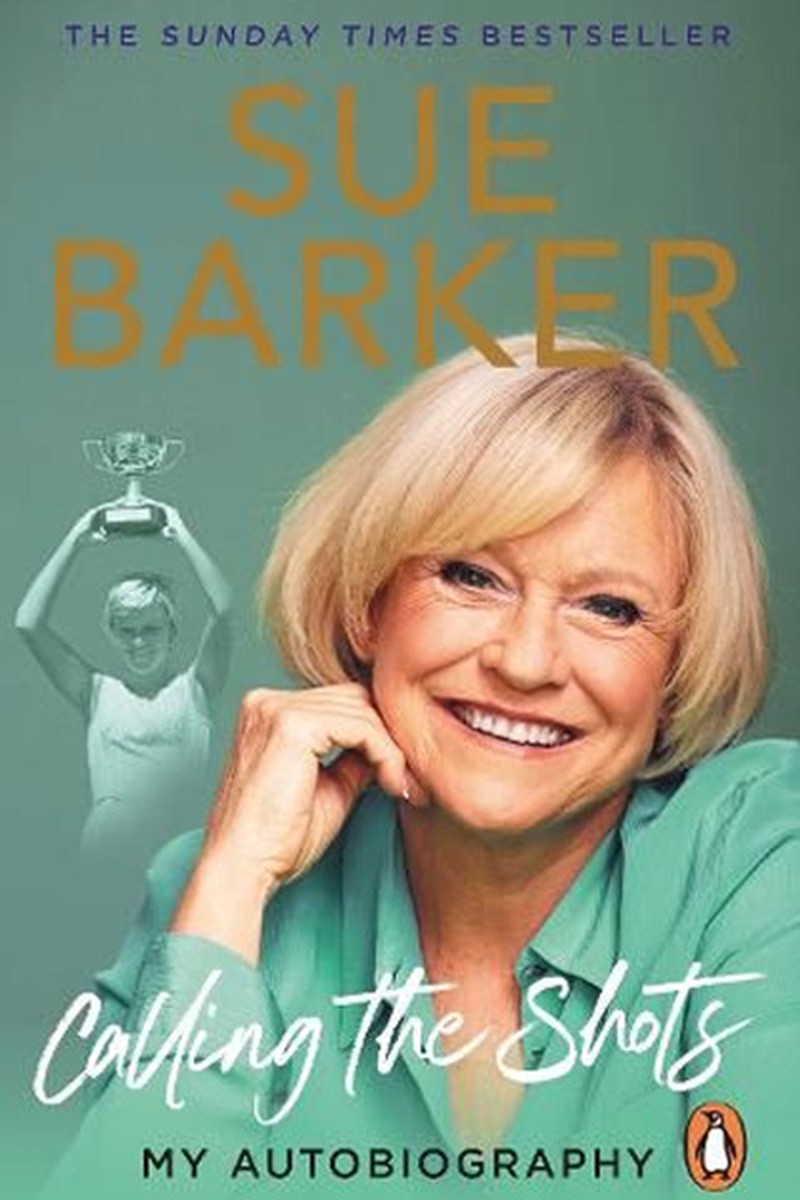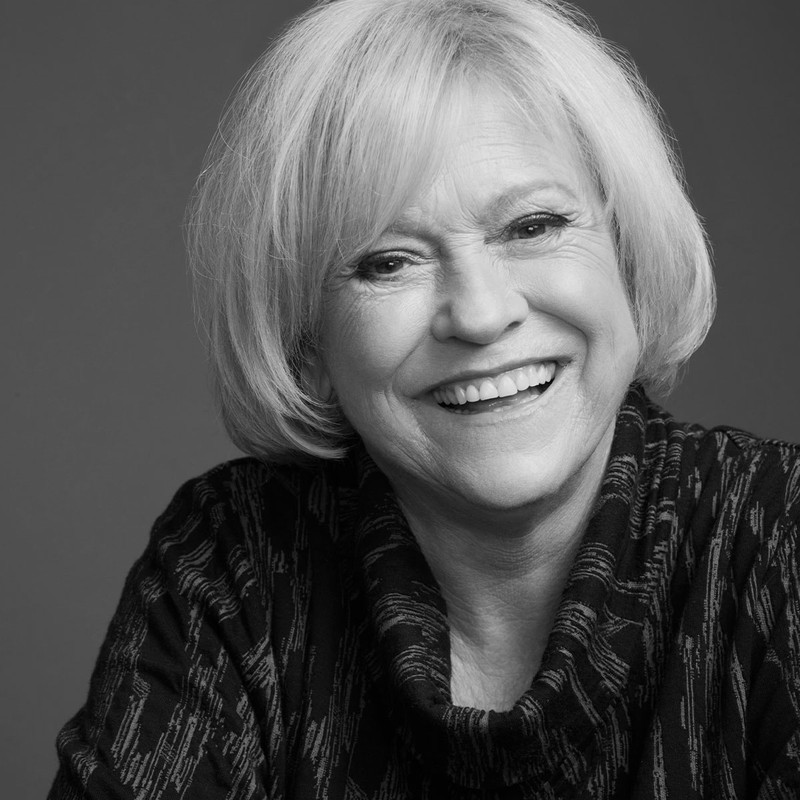
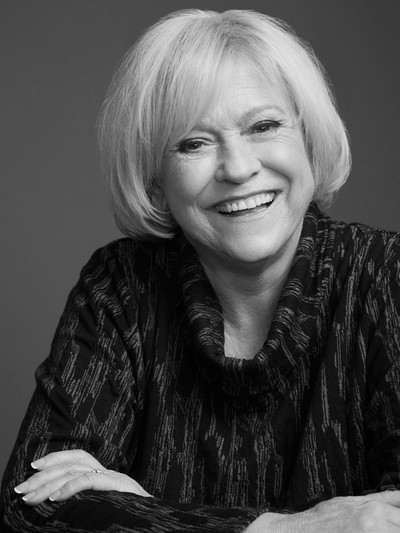
In Conversation With… Sue Barker
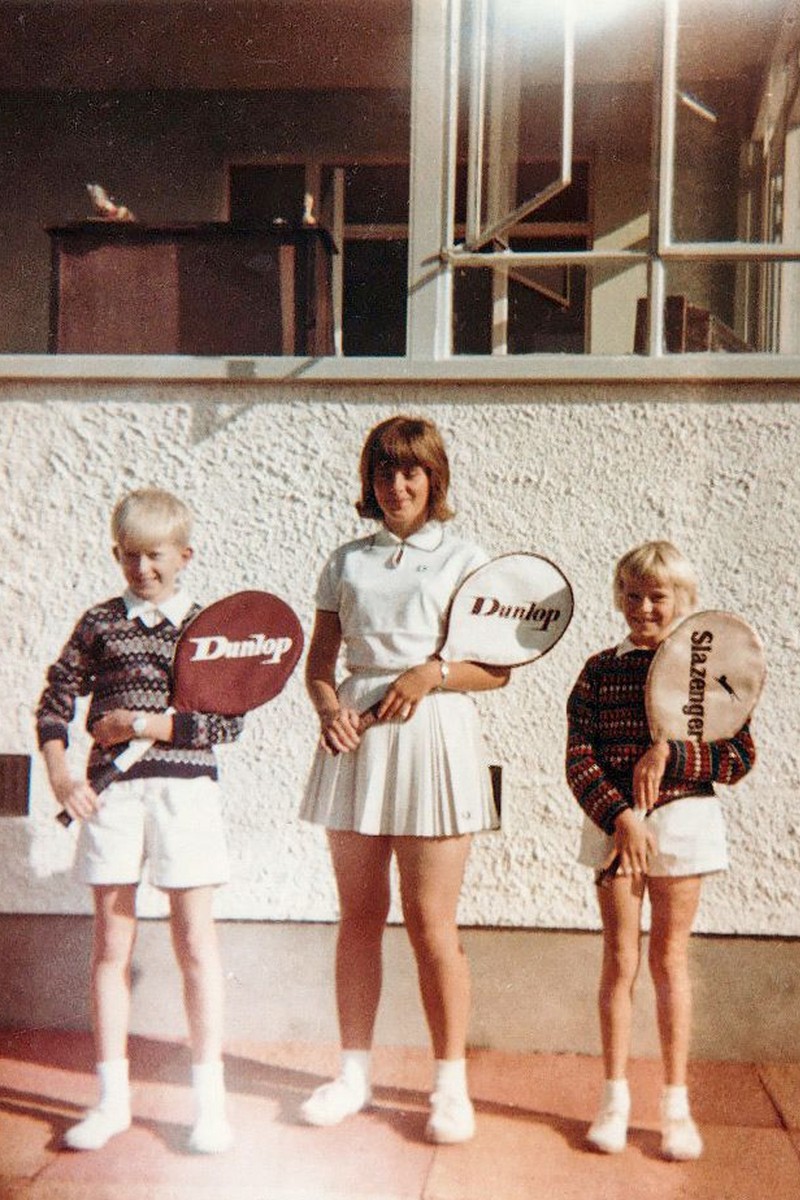
I was born and grew up in Paignton in Devon and I stayed there until I moved to America when I was 17. I was the youngest of three – my sister Jane is six years older than me and my brother Neil just 16 months older. My father, Bob, was 51 when I was born – in fact there was a 16-year gap between him and my mother, but because he was so active and didn’t look his age, we never noticed it, or even thought about it, and I only really became aware of it when I was much older. My mother, Betty, had been engaged to a fighter pilot who was killed in the Second World War. When the war ended, there was a shortage of men her age. She’d spent much of the war in Sussex looking after children who had been evacuated from London and, when she returned to Devon, she met my father through her mother who used to play golf with him. They married in 1948.
My father was very sporty and played a lot of tennis. He was also a very good golfer and, as a family, we did a lot of active things together like rowing and swimming. Mum was not quite as sporty and she often stayed at home working – probably a lot more than she wanted to – doing the washing and all the gardening. But she did play tennis with us. My siblings did all sorts of sports too and I learned to play tennis with my sister mainly. It became an all-consuming passion for me, and I suppose I did get better than her after a while. She started to refuse to play with me, saying she preferred to play with people her own age and having an annoying younger sister around didn’t please her too much. So, I only played with her when there was no one else around for her.
I went to school at the local Marist Convent, where I had a bit of reputation for being naughty. But my PE teacher, Mrs Chadwick, diverted my energy and inspired me to play tennis seriously – she used to stay behind to coach me after school. Then, in the senior school, Mrs Embury introduced me to my coach Arthur Roberts, who remained my coach throughout my tennis career. Even though he died some years ago now, he continues to shape my life to this day. It was a very sporty school – I was also captain of the netball team, we played table tennis, we did gymnastics, but I mainly played tennis and Mrs Embury would drive us all over Devon to play interschool and county events. It was always very competitive and great fun. I guess I was just very lucky to be born in Paignton and to have two amazing PE teachers who loved tennis and then Arthur, who was a world-class coach but happened to live in Devon. He was the tennis pro at the Palace Hotel in Torquay and had coached the likes of Angela Mortimer (she won Wimbledon in 1961), Mike Sangster (a British number one in the 60s who reached several Grand Slam semis), Corinne Molesworth (a junior champion in the 60s and quarter finalist at the French in 1972).
It had always been my dream to be taken on by Arthur and I was very lucky he came to my school to seek out local talent. I was picked and that was the beginning of my journey. I only paid Arthur once. My parents gave me £1 to pay for my first lesson and he said: “Do you know what this means?” Age 11, I didn’t really. He explained: “If you give me this money, it means you are employing me, and you can tell me what to do. But if you come back next week and don’t pay me, can I tell you what do to?”. I thought this was a great deal as my parents weren’t wealthy and, if I wanted to play every day, £1 would have been too much for them. I said yes and that was the only time I paid him. I did eventually try to pay him back but all he did was invest the money for me. He was the most amazing man and all he wanted for me was for me to do the best I could in tennis, enjoy myself and decide what I would do after playing. Very few players back then made enough money to last for the rest of their lives and, although I did make a lot of money, it wasn’t going to last that long by the time I’d bought a house and all that. He wanted to invest that money for my future.
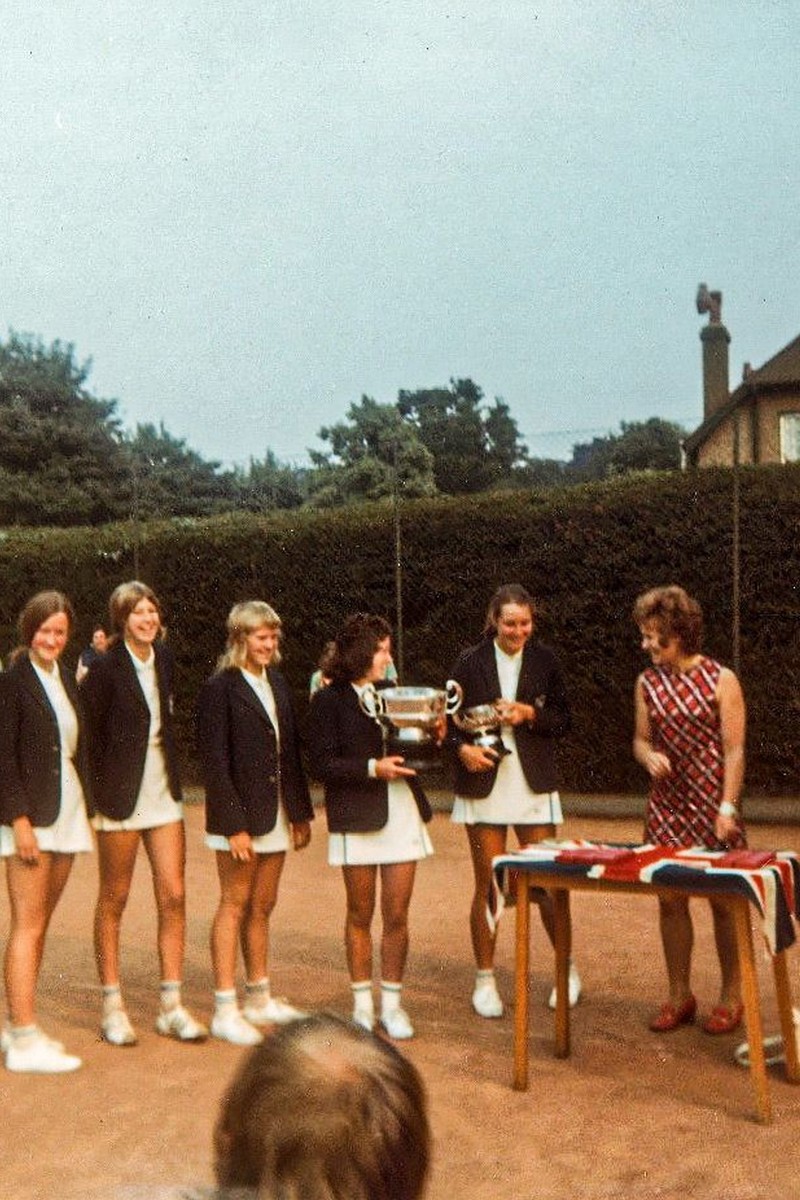
I went to America when I was 17. I’d outgrown everyone I was playing in Devon and was probably ranked in the top 30 in the world, so I knew I was good enough to make the move. My agent had rented me a condo in Newport Beach, just south of LA, so I had my own place but there was a lot of loneliness. It wasn’t always easy travelling around the world from tournament to tournament, but it was lovely as well. I was always with the big players like Martina, Billie Jean and Chrissie, as well as Rosie Casals, Virginia and Betty Stöve, and we were there for each other as none of us had entourages. It was a stiff learning curve having to make all the travel arrangements myself – hotel bookings, airline bookings etc – especially for someone who had never paid a bill in their life.
What I didn’t realise at the time was that Arthur acted as my psychologist, too. We used talk on the phone every night for an hour or more. We discussed what had happened that day but also chatted about the psychology of thinking about things and watching different people. It wasn’t how it is now where coaches go on tour with their players and are with them 24/7. He was obviously very much there in my early years when I was playing in Devon seven days a week but, when I went to live in the States, I probably only saw him for about three weeks every year, so it was all done on the telephone. What’s more, nothing was televised back then, so he hadn’t seen any of my opponents play, other than at Wimbledon, so he couldn’t give me tactics on how to play Chrissie [Evert] or Martina [Navratilova]. The only time he saw them play was if they happened to be on Centre Court at Wimbledon. It was a very different coaching relationship. Of course, we were all in the same boat, except for some of the American players – for instance, Chrissie’s dad came to watch her play some tournaments but, mostly, everyone just had their coaches at home. We couldn’t afford to pay them a wage as we were barely earning enough to travel ourselves. It was a very different era and players didn’t really get their coaches to come on board full time until the 80s.
You have to love tennis to take the highs and the lows that come with it. I can totally understand why some players give up. I had many lows, but the highs outweighed the lows and you have to learn to bounce back, how to look at losses as not just a failure but something to learn from. Out of losses there can be positives and I think you learn far more from losses than from victories. I had been quite a shy kid and Arthur gave me the tools to be more confident in myself and not be afraid to take on challenges like going out on centre courts in front of lots of people.
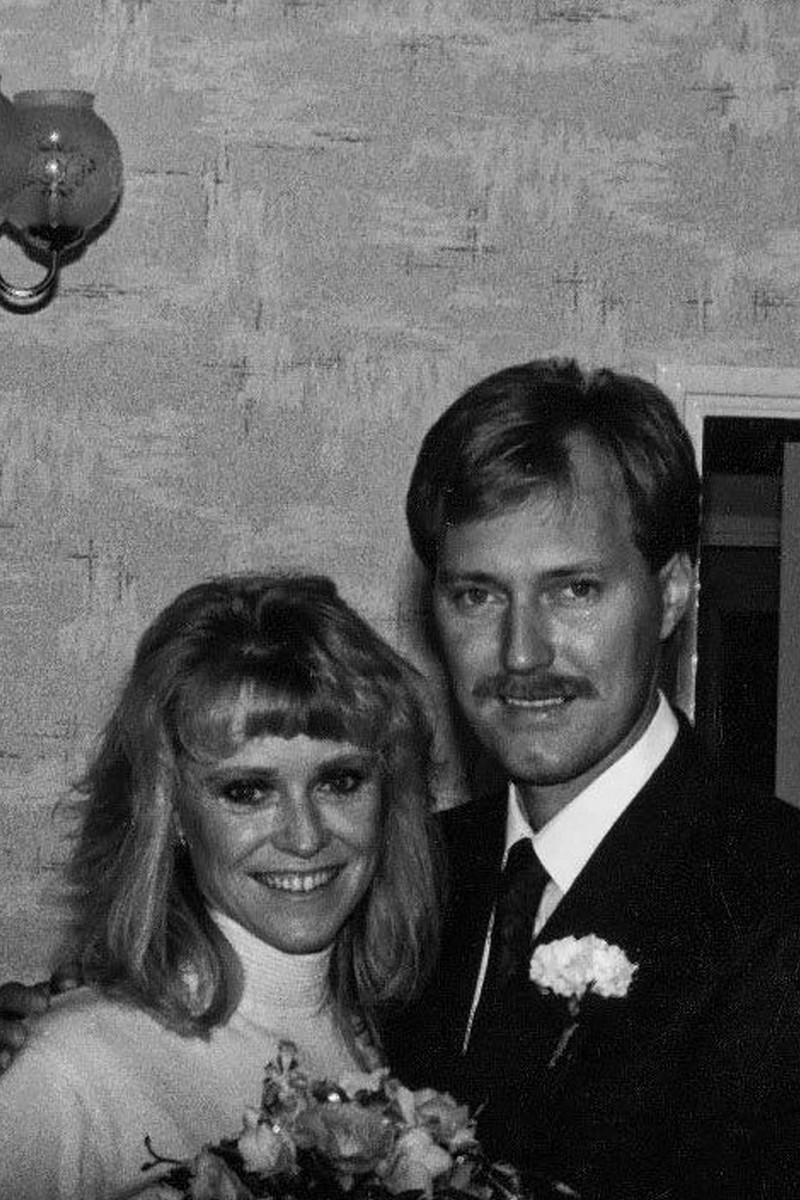
My biggest win came in 1976 when I won in Paris. Winning a Slam, that’s what you aspire to, that is the dream. Of course, I would have loved to win Wimbledon, but the grass was so fast at the time and it really favoured the serve and volleyer, which Chrissie and I were not. I firmly believe that if the grass had been as it is now, Chrissie would have won many more Wimbledon titles. Arthur had always said that winning a Slam is the legacy, but I wouldn’t say it was my most favourite moment. That has to be winning the Wightman Cup (Britain vs the USA), which we did four or five times. I really enjoyed that because it was a team environment, it was the Albert Hall, it was in front of a home crowd, and it was my sort of Wimbledon really.
I retired at 29 in 1985, mainly because of injuries. It wasn’t considered young at the time, as everyone was retiring at about that age. Obviously, Martina went on a lot longer. We didn’t have the facilities and the training and the technique that goes with it now – the stretching, the ice baths. We wore Green Flash tennis shoes that didn’t have any sponge in them at all, and we were using wooden rackets. Every part of your body ached. It's a very different game now and they don’t play as many events as we did either – I used to play about 38 weeks a year, compared to about 14 to 15 now. But we had to, as you wouldn’t have made enough money to pay your hotels and air fares.
I took all Arthur’s advice on board when I started in broadcasting. Back then, there were no women in sports broadcasting and no athletes either – except for Bob Wilson – and it was a very competitive world. I went into it knowing nothing about how to deal with the pressures and negativity that came with it. You can’t win or lose matches, but you have to keep fighting your corner, so it’s a different type of competitiveness and there are a lot of people vying for your job.
I actually started in television in Australia in 1985 with Channel Seven. They really helped me in a punditry role scenario. So, when I came back to the UK a year or so later, I asked the BBC if I could join their commentary team for Wimbledon. They said sadly not, as they already had Ann Jones and Virginia who had both been Wimbledon champions and they didn’t have space for a third person; in any event, I didn’t have the qualifications they had, so I had to go away and find something else.
Again, I was very lucky. There was this wonderful man, David Hill, who had come over from Australia as part of Rupert Murdoch’s Sky team to head up sport. I had met him over there when he was the boss of Channel Nine, and he said he wanted to give me a job. So, he bucked the trend and gave me the opportunity. Timings also worked in my favour in the early 90s when the BBC finally thought they’d have a female presenter on sport. I went on to have the most wonderful career but at the start I never thought it would last more than four or five years because, as a woman, you never knew how long a job in television would last. It was quite common that once you’d hit the wrong side of 45 you were out.
My greatest achievement in broadcasting has to be Wimbledon. When I was a six-year-old hitting the ball against a wall, I already had such a love for Wimbledon and always imagined playing there. I had my picture taken outside the gates when I was about nine and finally played there when I was 12. When I got the chance to come in and work alongside Des Lynam and Harry Carpenter, I thought ‘wow’. Presenting along these two legends was something I never dreamed of. It was a dream job and I guess A Question of Sport would be a very close second – that was probably the most fun I’ve had as it was the biggest laugh.
Having retired from it all last year, going back to Wimbledon this year was fabulous. I wasn’t sure how it was going to be – I sort of knew last year that I’d made the right decision and going back confirmed it for me. I really enjoyed watching different matches – I spent some days on the outside courts watching battles going on; I went to Court 2, Court 1 and obviously to Centre. And just being in the Members’ area was so great – there was everyone I knew from my under 12, under 14, under 16 days – they are all members, some I hadn’t seen in decades so it was really good fun. I’ll do exactly the same next year. Of course, I was lucky to be in the Royal Box twice, on the middle Saturday and then again for the Ladies’ Final – I was spoilt rotten.
I don’t miss the work or the hours, but I do miss the people because I loved the team I worked with at the BBC. I’d be getting ready for bed and I’d see that the BBC were still on at nearly 11pm and thought that would have been me. It’s a tough job working from about 10.30am in the morning until the close of play; even Des Lynam said presenting Wimbledon is the toughest job he’s ever done. You have to know so much, it’s a long slog. Unlike football, where you have two teams, at Wimbledon you have 128 players in two draws, then you get the doubles and the juniors as well. It’s relentless, looking up facts and figures, finding out stories that might be interesting about all sorts of different people. And then when it rained (before the covers and roofs were installed), that is when you really earned your money, as you just had to busk it and it’s all down to what you know and good luck.
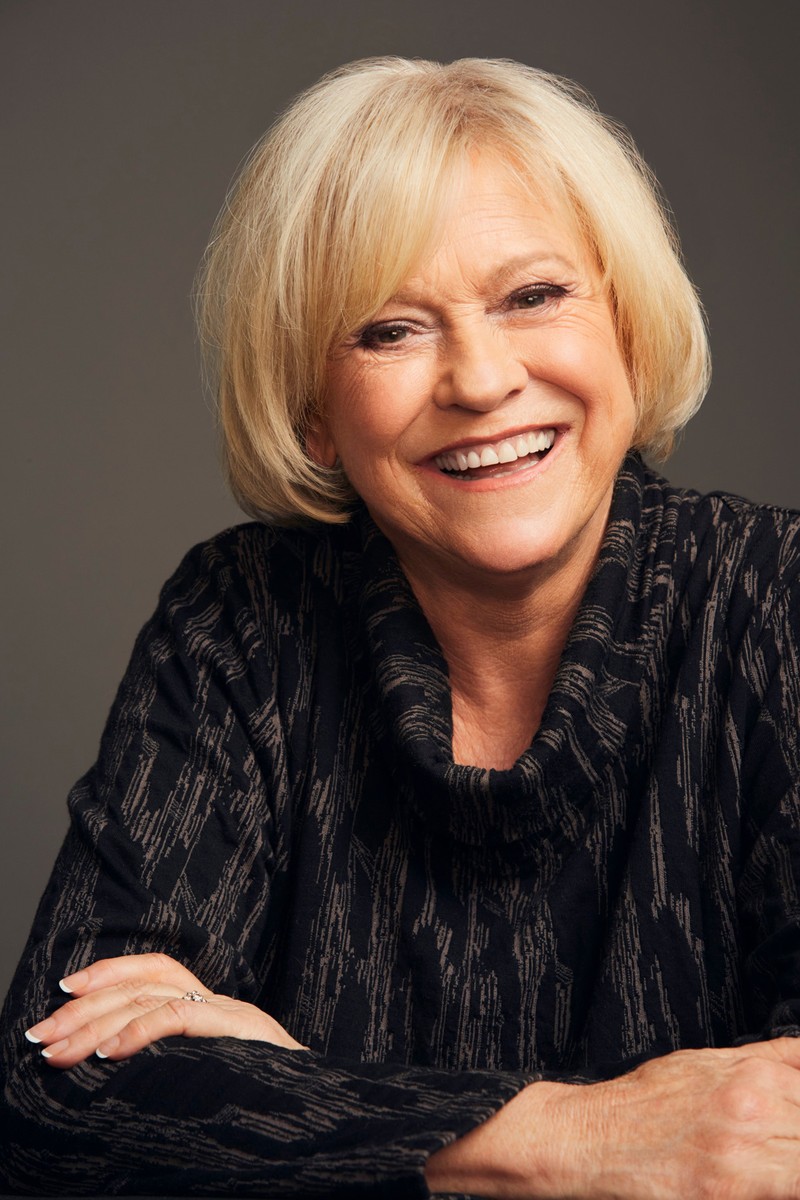
On the whole, I think I’ve managed a good life/work balance. When I joined the BBC, they asked me to do Grandstand, Sports Personality of the Year, the Summer and Winter Olympics, all the tennis, the figure skating. As a result, there were times when I was away for six weeks at a time. But it was so exciting and exhilarating – I mean people would pay fortunes to sit in the stadium at the Olympics. It was a lot of work and travelling but I loved it and was trying to get better all the time. Just like my tennis career, it was something I enjoyed doing. My husband Lance was working too, so we’ve always had that. I do think we got it right because there were a lot of times when we were off, it was just different from having a Monday to Friday job and weekends off. Nowadays, the presenters don’t travel as much, and they do most of it from the studio in Salford.
The best advice I’ve had over the years came from Arthur. He told me to have no regrets. He used to say, “even if someone asks you to do something you don’t fancy, just do it because you don’t know – it could be the best thing that ever happened to you and you don’t want to think, if only I’d done that, I wonder where I’d be now?” It was always “have a go” and, if you fail, just laugh at yourself and don’t beat yourself up. So, that’s what I’ve always done.
My autobiography came out last summer. I wrote it with Sarah Edworthy because I didn’t want to do all the research and looking back, mainly because I couldn’t remember all the details of my junior career. Sarah did all the work on getting the facts and stats right and I wrote more about the later years. I have always written my own scripts for TV, so I was used to writing and wanted to write it, as it was my life. Thankfully, I didn’t find it too laborious. Even though I had to leave a lot out, I won’t write another autobiography. I just wanted to do one book and I’m very proud of it. Right now, I’m mulling over doing a Wimbledon moments book with Sarah. Over the years, I’ve interviewed so many people behind the scenes and heard their stories – legends like Rod Laver, Ann Jones, all the way up to the current champions.
As for the next chapter in my life, I’ve been offered other jobs in tennis and a few TV series like travel programmes. But that’s not for me – who cares what I think when I’m travelling around New Zealand? I think I’ve done enough. I might get involved in charities and do things behind the scenes, but nothing high-profile. I’ve had two careers where I’ve been front and centre, and it will be quite nice to take a back seat.
I’m also going to start playing tennis again. I snapped my Achilles tendon and haven’t played for a while. Going back to Wimbledon a couple of months ago has reignited my love for the game so I’m going to play there on the grass. As a rule, Lance and I do a lot of exercise – we have two dogs to walk, we cycle a lot and have a personal trainer we see a couple of times a week. So, I do keep fit. Lance plays golf and I’m thinking of taking it up, but I’ve been saying that for quite a few years…
Sue’s book Calling the Shots: My Autobiography is now available to buy in paperback from Amazon and all good bookshops.
DISCLAIMER: We endeavour to always credit the correct original source of every image we use. If you think a credit may be incorrect, please contact us at info@sheerluxe.com.
